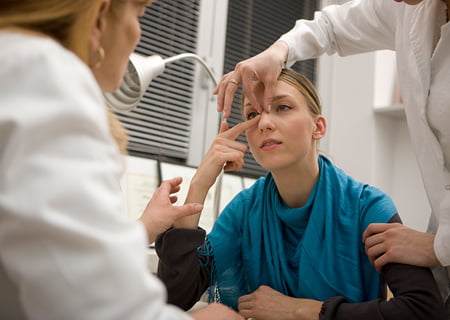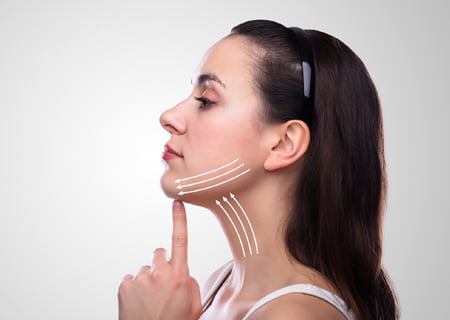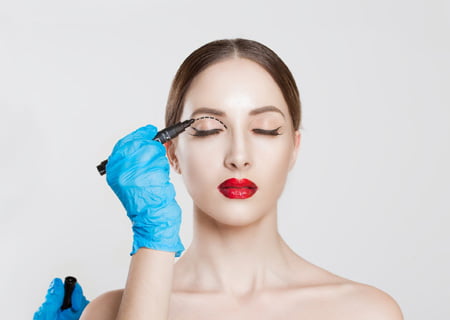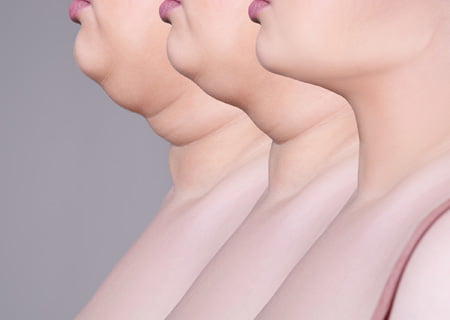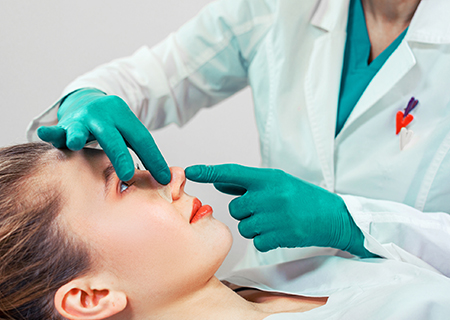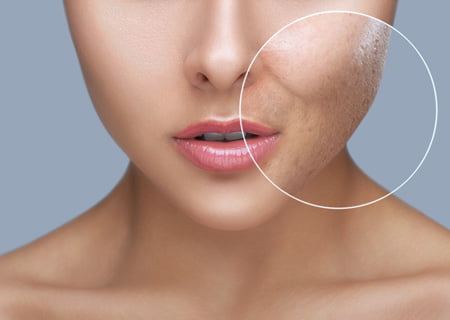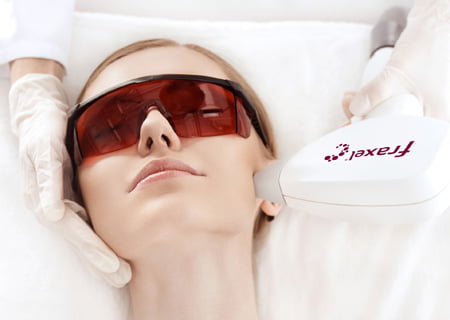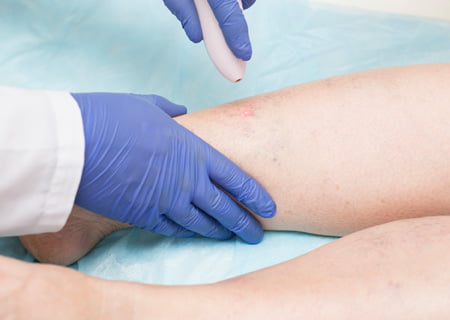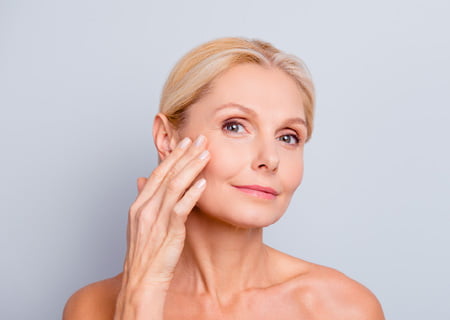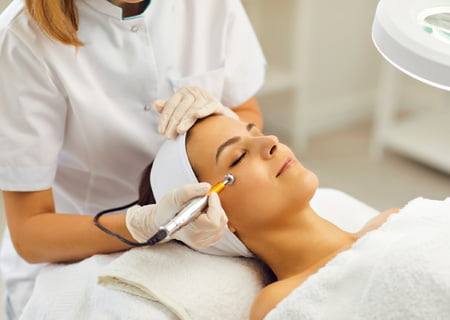Will Rhinoplasty Affect My Sense of Smell?

This is usually not an immediate concern for patients who visit for a rhinoplasty consultation . Talking about the lump, droop, unevenness, or breathing issues is usually what people want to do. But a quieter, more pragmatic issue typically arises in the middle of discussions about recovery time and desired outcomes:
“Will I still be able to smell?”
It's not a small problem. Smell is directly related to taste, memory, closeness, and even safety. It's scary to think about losing it, even for a short time. But it's not something that a lot of clinics talk about clearly. So here it is, explained the right way: no generalizations, no slogans, and no empty promises.
What Actually Affects Smell After Surgery
People also search
Let’s start with anatomy.
Its position in the nasal cavity is somewhat high, toward the roof, and slightly below the base of the skull. Smell is processed by this part of the nose. The olfactory cleft is a region of the brain that contains receptors for detecting very small particles and relays this information to the rest of the brain through the olfactory nerve.
So, remember that the olfactory cleft is not a good candidate for cosmetic rhinoplasty. Surgeons divert their attention away from the part of the brain that processes smell and toward the septum, cartilage, bone, and soft tissue. Technically speaking, then, odour cannot be "touched."
But functionally? It’s a different story.
Post-surgery, the inside of your nose is swollen. Tissues are inflamed. Mucus increases. Packing or splints might be placed inside temporarily. The nose becomes congested — not because you have a cold, but because trauma (even careful trauma) makes tissue respond defensively.
And when the airflow is restricted, fewer scent molecules make it to those receptors.
That’s why smell is often reduced — or disappears altogether — in the days and weeks after surgery.
The Experience: What Patients Actually Report
In the first week, most patients don’t smell anything at all. This coincides with the height of swelling, the presence of sutures or splints, and the general sense of stuffiness most people associate with nasal surgery.
By week two to six, the congestion begins to resolve. If crusting is present, rinses help clear it. Internal swelling starts to reduce. Some patients describe this phase as one of “flickering” olfaction — moments where smell returns briefly, usually when exposed to something strong or familiar (like coffee or citrus), then fades again.
Between weeks six and eight, the sense of smell tends to normalize. Some describe it as “coming back in layers.” They smell the surface of things first — sharp, simple odours — then gradually the nuance returns. By three months post-op, most patients report no difference from baseline.
When It Doesn’t Return on Schedule
There’s a small percentage of cases where smell recovery takes longer — three to six months instead of one to two. This is more common in:
- Patients who had internal nasal surgery alongside cosmetic reshaping (e.g. septoplasty or turbinate reduction).
- People with chronic rhinosinusitis , allergies, or pre-existing congestion.
- Revision rhinoplasty cases , where scar tissue or prior disruption complicates healing.
In these cases, the return of smell is usually delayed, not permanently impaired. But the uncertainty can be frustrating. Patients worry the change is permanent. And while that’s rarely true, it’s not a baseless fear.
The Question That Deserves a Serious Answer:
Is Permanent Loss of Smell Possible?
Yes. But let’s define what we mean.
Permanent loss of smell — anosmia — is very rare in rhinoplasty. It is not an ordinary risk of the procedure. But it is a theoretical one.
There are three scenarios where it could occur:
- Direct trauma to the olfactory cleft , which is exceedingly rare and would require aggressive or misdirected internal work.
- Disruption to the olfactory epithelium during internal surgery, especially if the mucosa is stripped or heavily cauterized.
- Pre-existing damage from viral infections, head injury, or chronic inflammation that is worsened during recovery.
In a standard cosmetic rhinoplasty with no aggressive internal intervention, the chance of permanent smell loss is extremely low — lower than the risk of other rare complications like poor scarring, infection, or prolonged numbness. But the risk is not zero. Any surgeon who says otherwise is being careless with the truth.
The “Weird Smell” Phase No One Talks About
Some patients don’t just experience loss. They experience distortion. What they do smell seems off. Food smells metallic. Body odour smells stronger. Familiar places smell unfamiliar.
This is called parosmia , and it’s not exclusive to rhinoplasty recovery. It happens in post-viral recovery too. The current theory is that olfactory neurons regenerate at different rates, and during that lag, the brain misinterprets the signals.
In the context of rhinoplasty, parosmia is usually mild and resolves on its own within a few months. But because it’s so strange — and because nobody warns you — it can feel unsettling. Patients often hesitate to mention it, thinking it’s “just them.” It’s not. It’s part of the arc of recovery for some.
How to Support Recovery of Smell
There’s no way to force healing, but you can avoid slowing it down.
- Don’t blow your nose in the first six weeks, even gently.
- Saline rinses help after the three days — but only once the surgeon gives the all-clear.
- Avoid environments with strong chemical odours — paint fumes, cleaning agents, cigarette smoke.
- Sleep with your head elevated to reduce swelling.
- Avoid decongestant sprays unless prescribed — they dry out tissue and can delay healing.
Recovery is often uneventful, but that’s because patients follow protocol. If smell matters to you — and it should — then treat the healing phase as seriously as the surgery itself.
Final Thought
The best rhinoplasty results aren’t just visible. They’re functional. A straight nose that doesn’t breathe — or that loses its sensory function — is not a successful outcome, no matter how good the photos look.
If you’re considering rhinoplasty, ask your surgeon about their internal approach. Ask what structures they’ll touch and which ones they won’t. Ask how often they’ve seen prolonged smell recovery, and what they do when it happens.
And if you're already in recovery and worried about your smell, ask for a proper follow-up. A five-minute endoscopy can often tell you more than weeks of anxiety can.
You’re not being difficult for caring about your sense of smell. You’re being reasonable. And a good surgical team will treat that concern with the seriousness it deserves.
